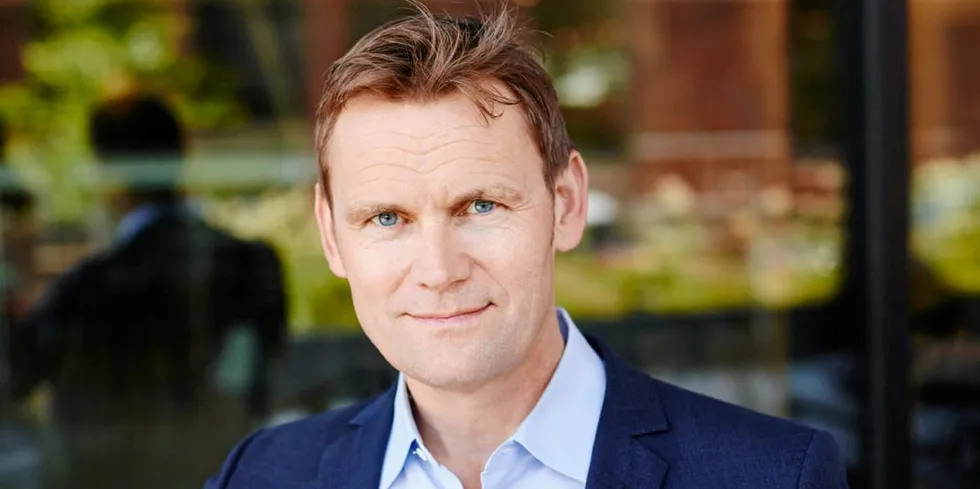'Green hydrogen developers fear electrolysers will quickly sell out when the ketchup effect kicks in', says Nel CEO
Jon André Løkke tells Recharge that his company, one of the world's leading electrolyser makers, is in discussions with clients about reserving manufacturing capacity for their projects
